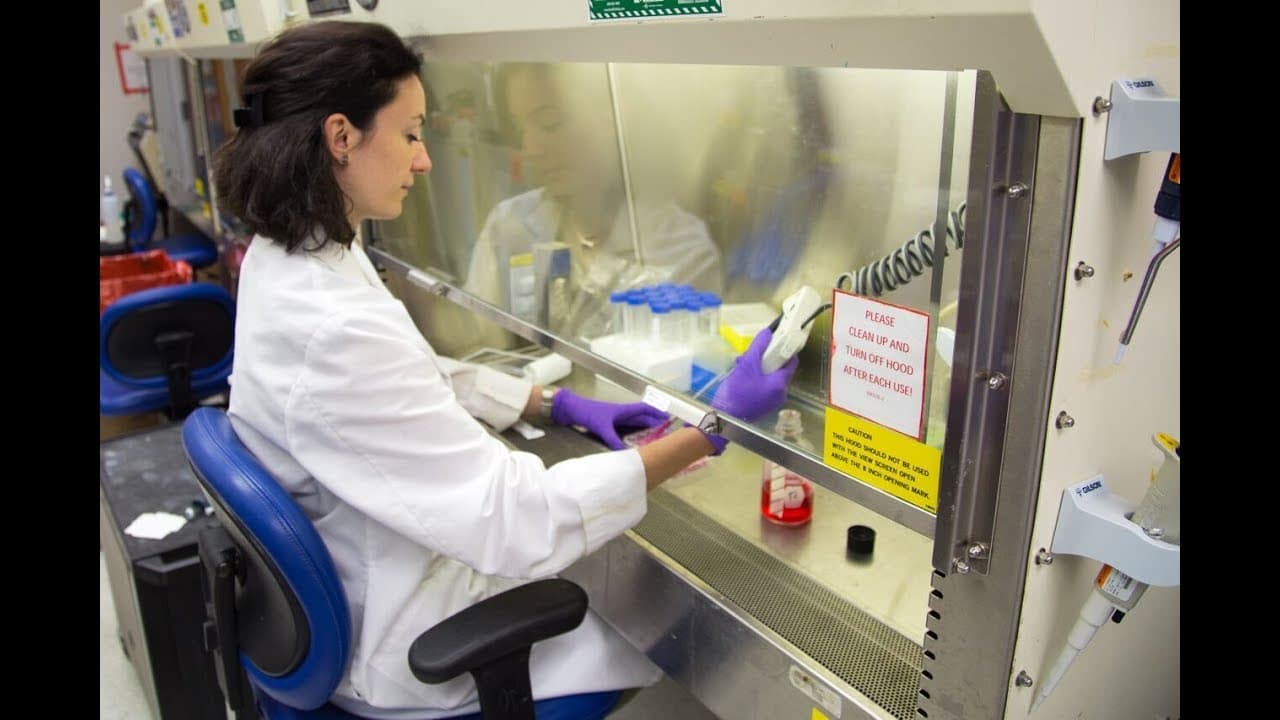Research at Shriners Children's Boston

Research at Shriners Children's Boston
Eric C. Liao:
Well, one of the really unique things about the Shriners system and especially Shriners Hospitals for Children to Boston is to focus on not only the patient but how to make care better for the patient in the future. And that's where research comes in.
Eileen Skinner:
It is an exceptionally wide scope of research, everything from research-related to burns, of course, but also what I call basic research around things like inflammatory process and how white cells respond to trauma and all sorts of things that ultimately become part of that whole base of knowledge for new treatments and new drugs and new techniques.
Mehmet Toner:
We've done this for decades, and the best example is artificial skin that's now used in saving millions of lives today is developed at Shriners. And it's changed the way we can treat these patients. And many of them, we can very quickly cover their injury and they survive now.
Robert Sheridan:
Now that the children really are much more reliably surviving, what can we do to make them happy and productive and fully successful?
Mehmet Toner:
The mission of our research program is very simple. We do want to help ameliorate the life of these kids and save their lives. As a result, the research is very much linked to clinical activities. And we all live in the same space here, clinicians and scientists. We have different timescales of doing things. Clinicians need to do their job today to save the lives. And we need to think about how we can make their lives better tomorrow in the future.
Eric C. Liao:
We have access to top clinicians and scientists. Whenever we think of a clinical problem or scientific problem, and we want to collaborate, I can just walk down a hall and knock on a door, and the specialists in whatever field is abound in our area and we can work on projects together. So the talent pool here, both in terms of investigators and the researchers, is so high that we're able to put together these projects to then really make a difference for patients going forward.
Mehmet Toner:
It's quite an exciting environment where we try to think about the things for the next 5, 10, 20 years while our clinicians are saving lives today.